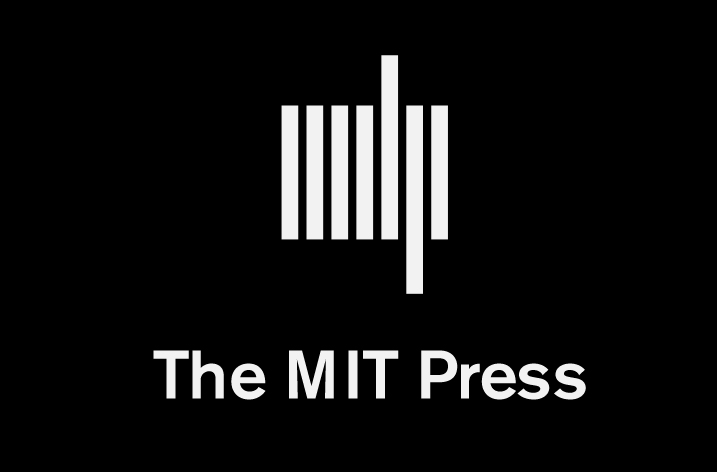
Wiley, one of the world’s largest publishers and a global leader in research and learning, today announced the release of two new Wiley SmartSpectra Database Collections generated using the most current machine-learning techniques to significantly expand the number of spectral data available for analysis.
These new data collections, the Wiley SmartSpectra Vapor Phase IR Database Collection and Wiley SmartSpectra Raman Database Collection were created by Wiley Science Solutions using an AI-powered spectrum prediction engine derived from its high-quality, comprehensive spectral database collections—the largest commercially available. These new databases cover a broad range of compounds including general organics, biochemicals, drugs, dyes, food related compounds, industrial compounds, monomers, pollutants, and more.
“We are very proud of the work we continue to do in this area. As we expand the addressable chemical space, we help scientists reach conclusions faster,” said Graeme Whitley, Director of Data Science Solutions at Wiley.
The Wiley SmartSpectra databases of “computed” spectra are designed for use along with Wiley’s empirical databases of “measured” spectra in the analysis of unknown samples. They are especially useful in the identification of rarer compounds and materials, when a match cannot be found in the empirical databases.
Wiley SmartSpectra Databases are available exclusively through Wiley’s KnowItAll software, a comprehensive solution for spectral analysis and management.
Learn more at Wiley Science Solutions:
For more information about the two new databases, please visit sciencesolutions.wiley.com
About Analytical Qualification Using Infrared (IR) and Raman Spectroscopy
Scientists use spectral search software along with spectral reference databases to identify “unknown” substances or verify the composition of materials. First, an Infrared or Raman spectrometer measures a substance and produces a spectrum, which is expressed as a graph showing a series of peaks that is specific to the sample material. That spectrum is then compared to a spectral database containing the measured spectra of known substances using spectral search software. By using algorithms, the spectroscopy software finds the best match between the measured unknown spectrum and the library of known spectra, and the results suggest the most likely identity of the substance. Spectral analysis using search software and spectral libraries is used across a wide range of applications in industry, government, and academic laboratories.


























